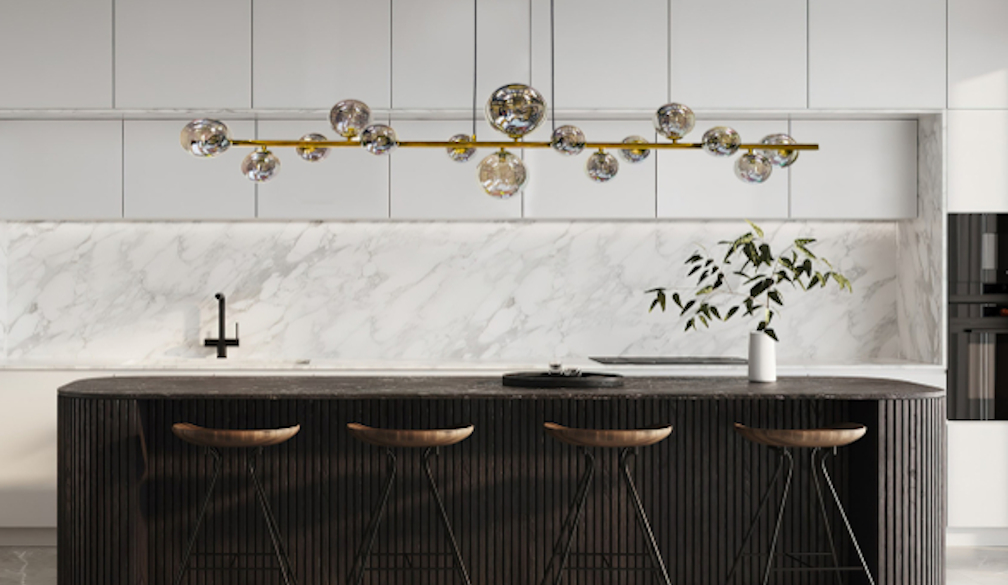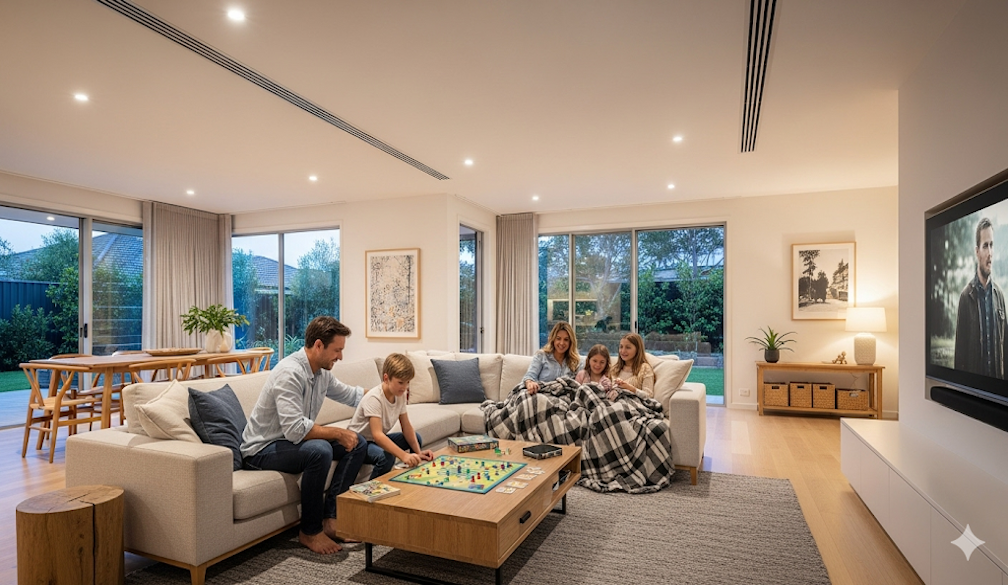Mixing and Matching Pendant Lights for a Unique Look

Pendant lights have become a popular choice for adding style and functionality to various spaces in the home. Their versatility and wide range of designs make them perfect for creating unique and eye-catching arrangements. If you’re looking to elevate your interior design, mixing and matching pendant lights can offer a distinctive look that reflects your personal style. Here’s a guide to help you achieve a cohesive and striking appearance with your pendant lights.
- Understand the Space
Before you start mixing and matching pendant lights, assess the space you’re working with. Consider the size of the room, the height of the ceiling, and the existing décor. In a large space like a living room or dining area, you have the flexibility to use multiple pendant lights of varying styles and sizes. In smaller rooms or areas with lower ceilings, choose pendant lights that are proportionate to the space to avoid overwhelming the room.
- Create a Focal Point
When mixing pendant lights, it’s important to establish a focal point. This could be a central pendant light that draws attention and serves as the main feature. You can then complement this focal point with other pendant lights that vary in size, shape, or colour. For example, a large, bold pendant light over the dining table can be paired with smaller, coordinating pendants over a kitchen island for a balanced and visually appealing arrangement.
- Combine Different Styles
One of the most effective ways to create a unique look with pendant lights is to combine different styles. You can mix modern and vintage, industrial and rustic, or minimalistic and ornate designs. The key is to ensure that the styles you choose complement each other rather than clash. For instance, pairing a sleek, contemporary pendant with a classic, industrial fixture can create an interesting contrast that enhances the overall aesthetic of the room.
- Play with Colours and Finishes
Mixing pendant lights also offers the opportunity to play with colours and finishes. Don’t be afraid to combine pendant lights in different materials and hues. For example, you could use a combination of matte black and brushed brass pendants to add depth and character to a space. Alternatively, mixing colourful pendants with neutral-toned fixtures can create a vibrant and dynamic look. Just make sure that the colours and finishes you choose harmonise with your existing décor.
- Consider Different Sizes and Shapes
Varying the sizes and shapes of your pendant lights can add visual interest and dimension to the room. For example, a combination of large, statement pendants and smaller, complementary ones can create a layered effect. Different shapes, such as geometric, globe, or drum pendants, can also be mixed to achieve a unique look. When selecting sizes and shapes, consider the scale of the room and the placement of each light to ensure a balanced and cohesive design.
- Maintain a Consistent Theme
While mixing pendant lights, it’s essential to maintain a consistent theme or colour scheme. Even if you’re using different styles or sizes, ensure that there is a unifying element that ties the pendants together. This could be a common colour, material, or design motif. A consistent theme helps create a cohesive look and prevents the arrangement from appearing disjointed or chaotic.
- Think About Functionality
In addition to aesthetics, consider the functionality of your pendant lights. Think about the type of lighting each pendant provides and how it will contribute to the overall illumination of the room. For instance, pendant lights over a dining table should offer ample light for meals, while those over a reading nook should provide focused illumination. Mixing pendant lights with varying light outputs can help achieve both style and practicality.
- Experiment with Heights
Adjusting the heights at which pendant lights hang can also add visual interest. Varying the heights of different pendants creates a dynamic and layered look. For example, you might hang a cluster of pendant lights at different levels over a kitchen island to create an eye-catching focal point. Ensure that the heights are practical and do not interfere with the room’s functionality or movement.
- Use a Lighting Designer
If you’re unsure about how to mix and match pendant lights effectively, consider consulting a lighting designer. They can provide expert advice on choosing the right combination of pendant lights and arranging them to achieve the best visual impact. A designer can also help you avoid common pitfalls and ensure that your lighting design enhances the overall look and feel of your space.
Conclusion
Mixing and matching pendant lights can transform your interior into a stylish and personalised space. By understanding the space, creating a focal point, combining different styles, and considering colours, sizes, and functionality, you can achieve a unique and cohesive look. Whether you’re aiming for a bold statement or a subtle, sophisticated arrangement, the right combination of pendant lights can enhance your home’s décor and reflect your individual style.



